Guanrui Wang
Brain-inspired global-local hybrid learning towards human-like intelligence
Jun 05, 2020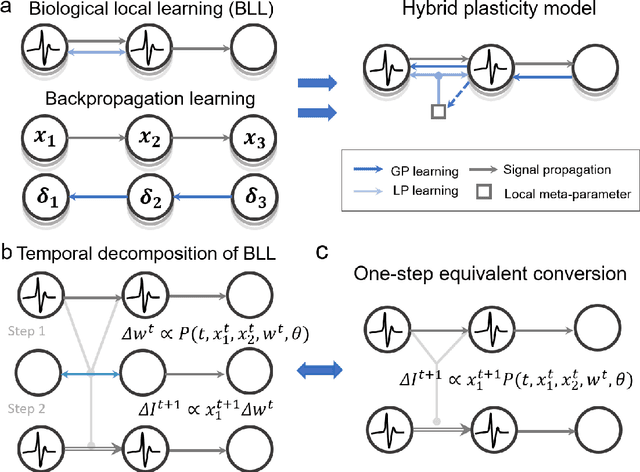
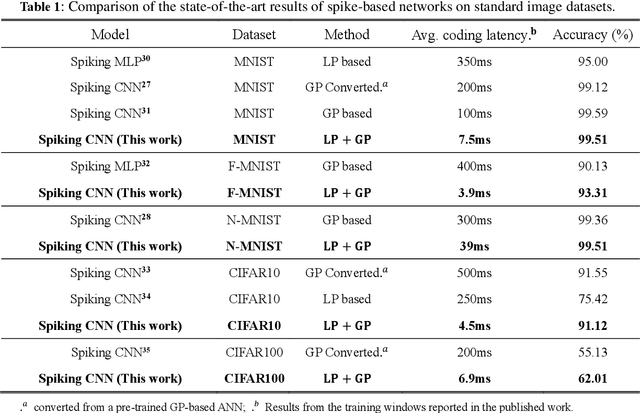
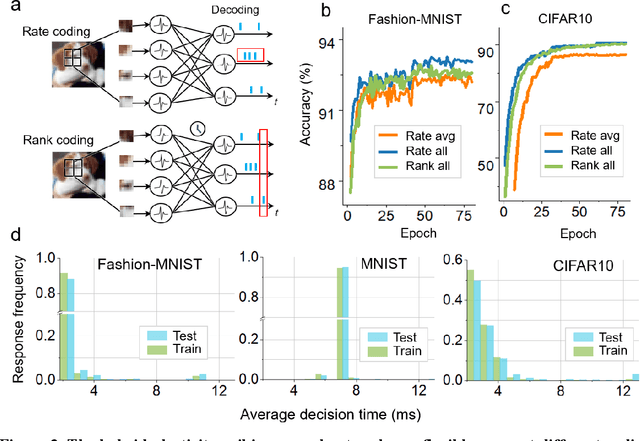
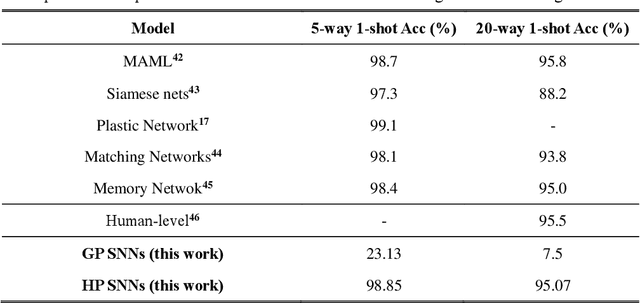
Abstract:The combination of neuroscience-oriented and computer-science-oriented approaches is the most promising method to develop artificial general intelligence (AGI) that can learn general tasks similar to humans. Currently, two main routes of learning exist, including neuroscience-inspired methods, represented by local synaptic plasticity, and machine-learning methods, represented by backpropagation. Both have advantages and complement each other, but neither can solve all learning problems well. Integrating these two methods into one network may provide better learning abilities for general tasks. Here, we report a hybrid spiking neural network model that integrates the two approaches by introducing a meta-local module and a two-phase causality modelling method. The model can not only optimize local plasticity rules, but also receive top-down supervision information. In addition to flexibly supporting multiple spike-based coding schemes, we demonstrate that this model facilitates learning of many general tasks, including fault-tolerance learning, few-shot learning and multiple-task learning, and show its efficiency on the Tianjic neuromorphic platform. This work provides a new route for brain-inspired computing and facilitates AGI development.
DashNet: A Hybrid Artificial and Spiking Neural Network for High-speed Object Tracking
Sep 15, 2019

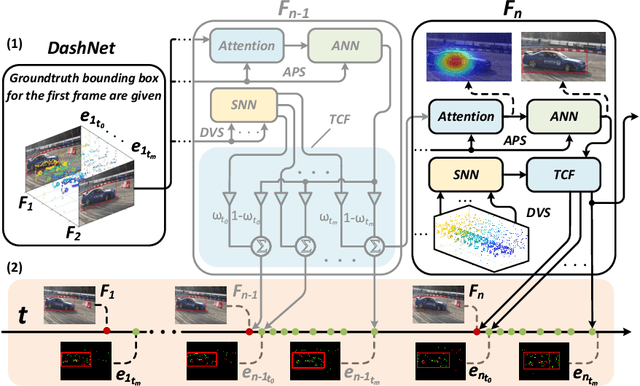

Abstract:Computer-science-oriented artificial neural networks (ANNs) have achieved tremendous success in a variety of scenarios via powerful feature extraction and high-precision data operations. It is well known, however, that ANNs usually suffer from expensive processing resources and costs. In contrast, neuroscience-oriented spiking neural networks (SNNs) are promising for energy-efficient information processing benefit from the event-driven spike activities, whereas, they are yet be evidenced to achieve impressive effectiveness on real complicated tasks. How to combine the advantage of these two model families is an open question of great interest. Two significant challenges need to be addressed: (1) lack of benchmark datasets including both ANN-oriented (frames) and SNN-oriented (spikes) signal resources; (2) the difficulty in jointly processing the synchronous activation from ANNs and event-driven spikes from SNNs. In this work, we proposed a hybrid paradigm, named as DashNet, to demonstrate the advantages of combining ANNs and SNNs in a single model. A simulator and benchmark dataset NFS-DAVIS is built, and a temporal complementary filter (TCF) and attention module are designed to address the two mentioned challenges, respectively. In this way, it is shown that DashNet achieves the record-breaking speed of 2083FPS on neuromorphic chips and the best tracking performance on NFS-DAVIS and PRED18 datasets. To the best of our knowledge, DashNet is the first framework that can integrate and process ANNs and SNNs in a hybrid paradigm, which provides a novel solution to achieve both effectiveness and efficiency for high-speed object tracking.
Convolution with even-sized kernels and symmetric padding
Mar 20, 2019
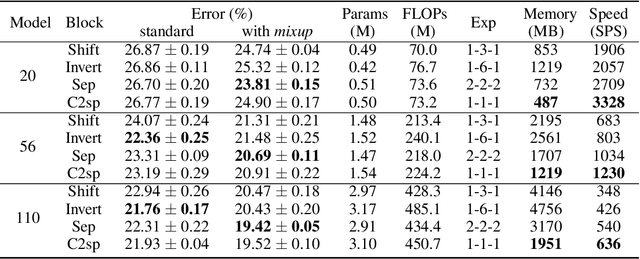
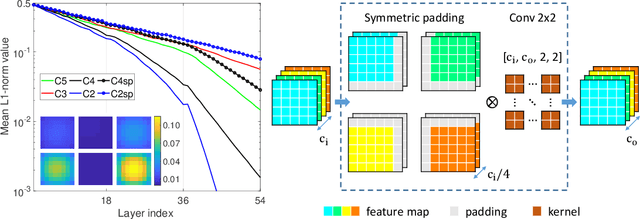
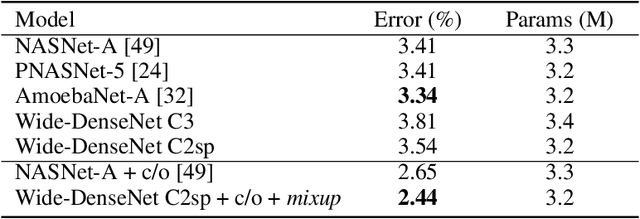
Abstract:Compact convolutional neural networks gain efficiency mainly through depthwise convolutions, expanded channels and complex topologies, which contrarily aggravate the training efforts. In this work, we identify the shift problem occurs in even-sized kernel (2x2, 4x4) convolutions, and eliminate it by proposing symmetric padding on each side of the feature maps (C2sp, C4sp). Symmetric padding enlarges the receptive fields of even-sized kernels with little computational cost. In classification tasks, C2sp outperforms the conventional 3x3 convolution and obtains comparable accuracies to existing compact convolution blocks, but consumes less memory and time during training. In generation tasks, C2sp and C4sp both achieve improved image qualities and stabilized training. Symmetric padding coupled with even-sized convolution is easy to be implemented into deep learning frameworks, providing promising building units for architecture designs that emphasize training efforts on online and continual learning occasions.
 Add to Chrome
Add to Chrome Add to Firefox
Add to Firefox Add to Edge
Add to Edge